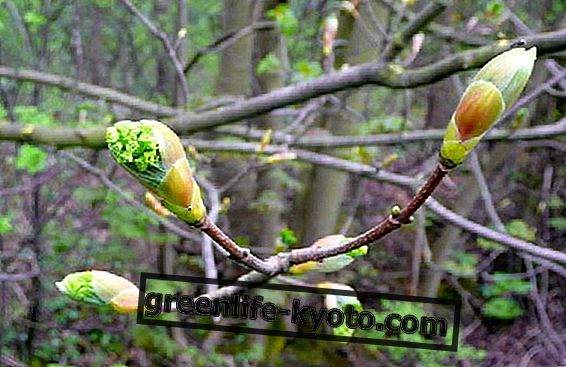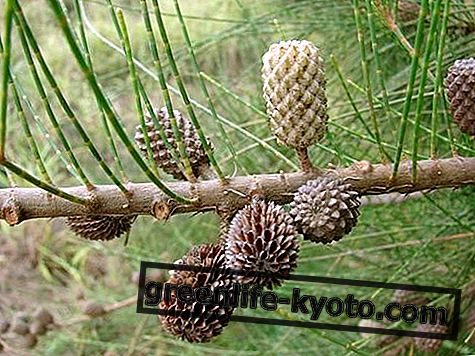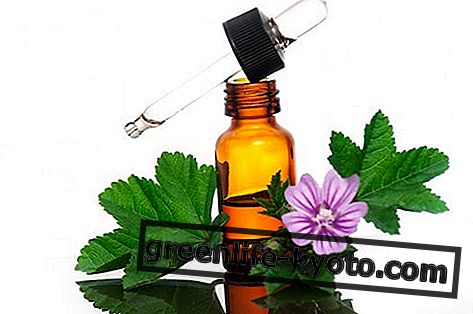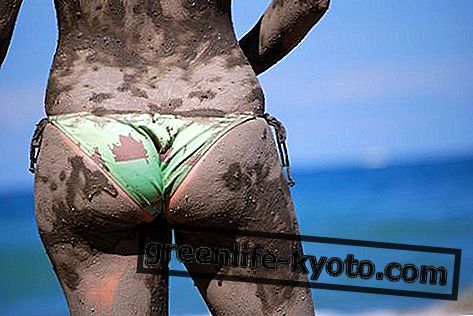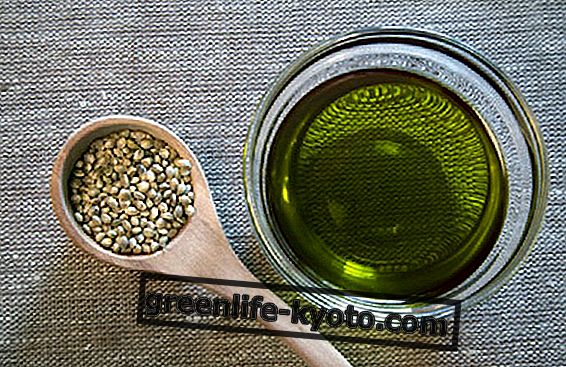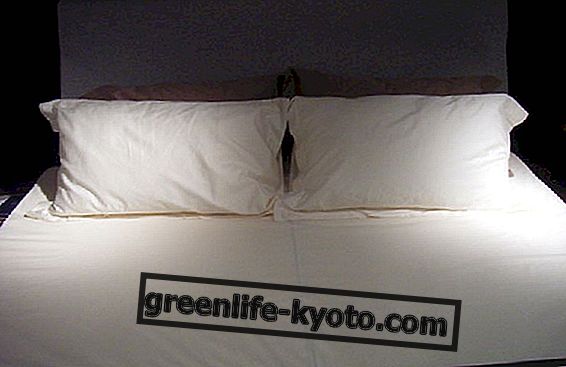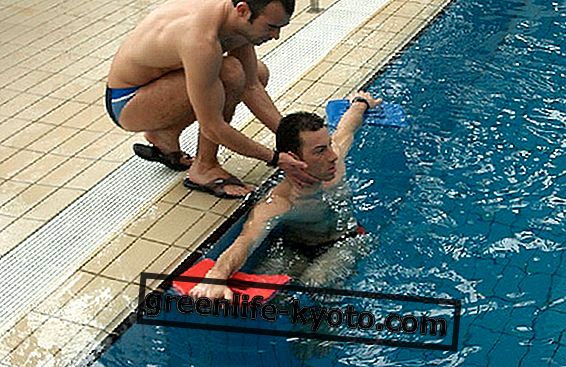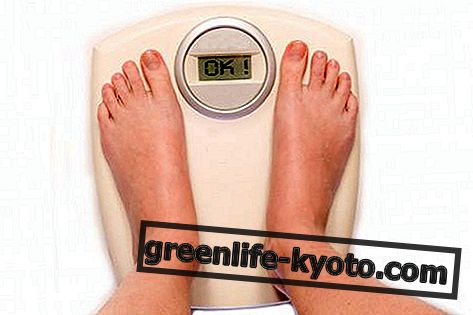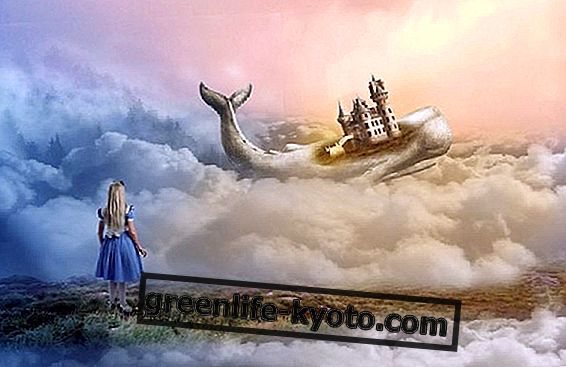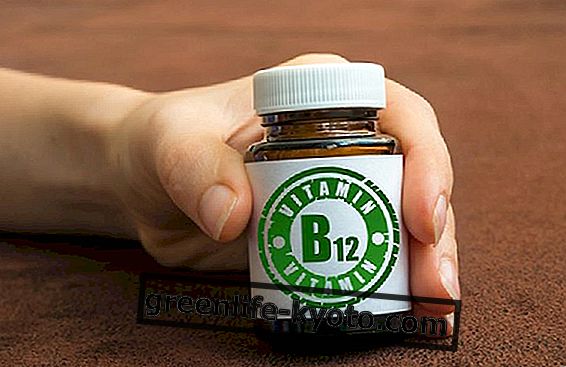
Hair lice
If you are a mother with children in kindergarten or school, then sooner or later the doubt of "having taken" lice in the family can assail you, especially if your baby starts scratching his head often.
First of all, it is important to know that these tiny parasitic insects, which feed on the blood of their hosts, are animals without wings, therefore unable to jump .
Moreover, contrary to what one might imagine, lice do not like dirt, so it is easier to find them between well-groomed hair and clean skin.
If you experience lice infestation, cutting your hair to zero is of no use. Pay attention to prejudices and clichés!
How lice are transmitted
Frequently present in kindergartens, in schools or in community structures, such as summer camps, parks or colonies, lice are transmitted both by direct contact of a few seconds between the heads, but also following the exchange of objects, games or clothing, such as scarves and hats.
No psychosis though: you don't have to disinfect the house and the rooms because the louse has a short life away from its "guest" : it survives in fact a maximum of a couple of days without reproducing.
Not even animal friends can pass on lice, in fact there are several species housed by animals and not even head lice can infest their hair.
How to check for lice
The infestation of lice, known as pediculosis, is discovered by carefully monitoring the head, checking with special mirrors, in an illuminated spot or with good light, using if necessary also a magnifying glass, looking for these small dark insects.
The eggs or nits are white and can be insinuated in the area behind the ears and it is easy to confuse them with bits of dandruff. Unlike this, however, the eggs are tenaciously attached to the hair shaft and have the shape of tiny roundish grains.
Anti pediculosis products
Beyond the classic rinses with water and white vinegar, grandmother's old remedy, there are many products on the market to prevent or counter the occurrence of lice infestation.
They range from oil-based disinfectant lotions, or pyrrules and natural or plant-based insecticides, - such as those based on essential oil of malaleuca, neem, thyme, lavender, anise, mint, oregano, eucalyptus, cinnamon, for example - to real specific treatments that must be used in cycles of one or more days.
During the treatment it is important to always check the hair thoroughly and pass it with a fine tooth comb every 2-3 days for 2-3 weeks, until you are sure you have completely eliminated the insects and the eggs .
Useful link: on Il Pidocchio.it website you can find lots of information and downloadable guidelines created by the Scientific Societies of Dermatology and Pediatrics - ADOI, SIDEMAST, SIDERP and SIP.
Llibro for children, but only ninth: "Love and lice" by Barbara Pumhösel, Anna Sarfatti.
Read also Lice, how to eliminate them in six moves >>
